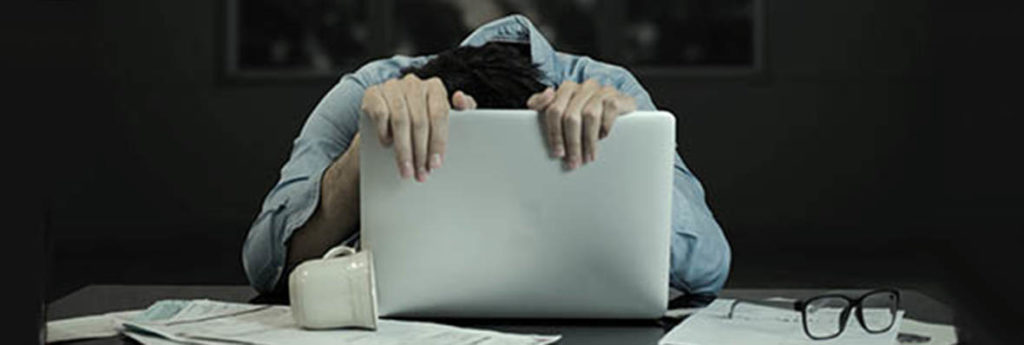This has been the virtual spring, leaving us sitting inside in semi-house arrest, living a Bernie Madoff lifestyle (he’s out in 139 years, while the rest of us are in limbo), looking out on all-too familiar streets, wondering how to adapt suspended business and careers in this bizarre season. Even during the world wars there was some social life and a highly targeted, functioning economy.
One of the growth sectors is in virtual meetings and webinars. Almost every company, association, industry group, information provider and government department has hosted one.
Dennis Campbell, CEO of Halifax-based Ambassatours Grey Line (his companies provide tour services to the bulk of cruise ships calling on Atlantic Canada, and operate the Harbour Hoppers and tall ship Silva, as well as several other sight-seeing charters and Murphy’s on the Water in Halifax) says, “The information that is coming at us is like a tidal wave and very difficult to keep up with all of the webinars, calls and podcasts from all levels of government, accounting firms, many associations, etc. It is great to have so many resources but impossible to keep up to it all. I am on the phone from early in the morning to late at night. You would think that things would be slowing down but for now our leadership team is working like mad to figure this all out. I guess it is better than being bored!”
No doubt others find themselves in the same situation. In April I attended webinars by Destination Canada, the Adventure Industry Association, a British travel trade publishing group, Switzerland Convention & Incentive Bureau, an Irish DMC and incentive house, Destination Colorado and Meeting Professionals International (MPI). I missed a few others.
To mark Global Meetings Day, April 14th, MPI hosted a trailblazing 12-hour virtual meeting attended by 15,000 travel professionals!
I only attended five hours, which, shockingly, flew by. The production values were so good and the content so rich it didn’t drag. At the end of the day many commenters in the chat box agreed with how quickly the time passed. That said, the convenience of these digital events work, I think, because of the type of unique situation we currently find ourselves in.
As Campbell says there is so much information and ideas coming at you it’s hard to keep up, digest and adapt to your situation.
Many of the digital events I attended lacked the production quality presented by MPI. A number of presenters live in places with sketchy internet connections. Or maybe their service was overloaded by the number of neighbours working – and playing – from home? Some meetings were like badly dubbed foreign films, where the presenter’s mouth movements didn’t match the words being heard. Then there were the dropped connections, frozen presentations as well as missed words and phrases as speakers moved in their chairs.
There’s also a certain distraction from hosts’ home settings. When CNN anchors Anderson Cooper and Chris Como began broadcasting from their homes social media filled with comments not about program content, but décor choices of these TV celebrities.
Facebook friends also shared a clip from a Zoom conference where one of the participants forgot his computer camera was on. So, when he stood up to get coffee his work colleagues saw he was only dressed from the waist up and wasn’t wearing pants or underwear! Colleagues started screaming for him to sit down. That hiccup sabotaged the rest of their meeting.
Less salacious are the home working spaces of many industry leaders. One UK travel editor had to explain she lived in a Tudor cottage and contrary to the look wasn’t broadcasting from a pub. Another of her colleagues, someone with 30 employees, was working and broadcasting from a crowded corner of his purple bedroom. He longed to get out of his bedroom and return to the office.
Other presenters had their contribution interrupted by children at play, barking dogs, a spouse vacuuming, ringing phones… There are lots of domestic distractions.
Recognizing that home-setting may be a distraction to the audience, Fairmont Hotels & Resorts have offered background photos from their image bank.
Others are suggesting rethinking where you sit when participating in a virtual meeting. For example:
1. Prior to a meeting set up a mirror at the anticipated height of your camera to see how you appear on-screen. If it’s too low colleagues will either be looking up your nose or wondering what happened to your neck.
2. Does the room have a ceiling light? Careful where you sit, or you could appear to have a halo. Consider turning off overhead lights.
3. If the camera is too high, colleagues may be left looking deeply into your eyes (great on a date, but distracting when discussing finances and the future) or only seeing your forehead.
4. How much of your home are colleagues seeing over your shoulder? Tidy up and consider what’s on the wall behind you. Is there an old “fun” poster from your college days or a risqué piece of art that out-of-context might not look professional?
5. One speaker suggested those working from home for the first time need discipline. Don’t work in bed, get dressed, set specific work hours and inform the family of your work time.
Still to come, the new conventional wisdom and top takeaways from our virtual spring.

